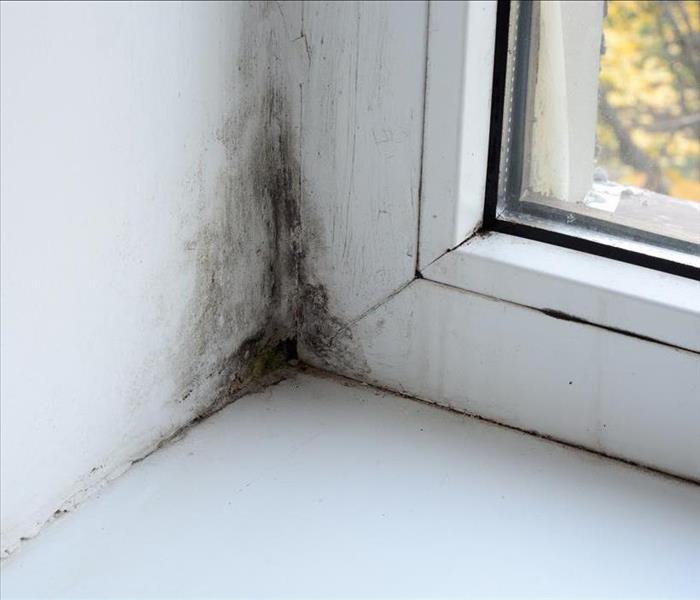4 Common Places for Mold Growth
7/23/2020 (Permalink)
Prevent Mold Growth By Inspecting the Following Areas
Mold is definitely something you hope to never find in your New York Mills, MN, home. It’s important to understand that molds are naturally occurring organisms found both indoors and outdoors. Molds play a role in the natural environment and don’t cause problems until moisture is present. Here are four common areas where mold grows and how you can prevent mold damage in your home.
1. Ceilings and Walls
Mold needs two things to grow: moisture and organic material. It’s common to find mold growing on organic materials, including drywall, paper and wood. Thus, your ceilings and walls are vulnerable to mold. The cause of mold in these areas is typically from roof leaks. The best way to prevent mildew growth on your ceilings and walls is to conduct an annual inspection of your roof.
2. Windows
Windows are another common area to find mold growing. Bathroom windows are especially susceptible to mold growth because of condensation. Moisture can easily seep in cracks around windows and create the perfect environment for mold damage. To prevent moisture around windows, you should check the humidity level in your home. Most experts recommend keeping the humidity level in your home between 30 and 50 percent. You can purchase a hygrometer to keep an eye on the level.
3. Pipes
Leaky pipes are another cause for mold in homes. A good way to prevent mold under sinks and around plumbing fixtures is by regularly checking pipes. If you find mold under your sink or in your unfinished basement near pipes, you can hire mold professionals to help remediate the problem.
4. Flooded Areas
Basements are generally the first part of the home to suffer when flooding occurs. Any time you’ve experienced flooding in your home, it’s important to dry the area as quickly as possible. It’s also wise to reach out to restoration specialists who can help with cleanup.
It’s common to find mold damage on ceilings and walls and near windows and pipes. Flooding also creates an environment for mold to grow. Fortunately, you can prevent mildew growth by regularly inspecting these areas of your home.






 24/7 Emergency Service
24/7 Emergency Service
